Interactive Leaf Decomposition Activity
This simulation of litter decomposition allows the selection of the model formulation, litter type, and ecosystem in which litter decomposes, as well as a suite of climate change scenarios. The models differ in conceptual and mathematical description of the decomposition process. The litter types differ in their chemical composition and the ecosystems differ in basic climate characteristics (click the information button next to the drop down menus for details on choices). Decomposition will vary between model, litter, ecosystem, and climate change selections.



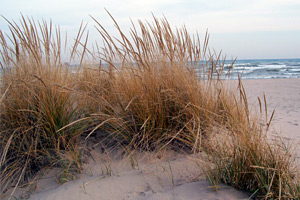 American beach grass (Ammophia breviligulata)
American beach grass (Ammophia breviligulata) 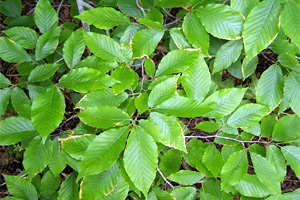 American beech (Fagus grandifolia)
American beech (Fagus grandifolia)  Aspen (Populus tremuloides)
Aspen (Populus tremuloides) 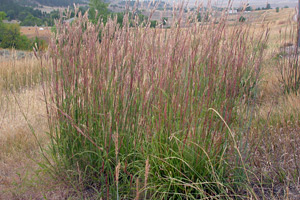 Big blue stem (Andropogon gerardii)
Big blue stem (Andropogon gerardii) 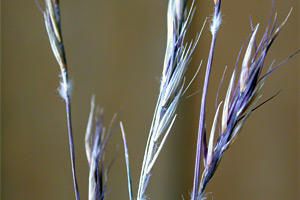 Black grama (Bouteloua eriopoda)
Black grama (Bouteloua eriopoda) 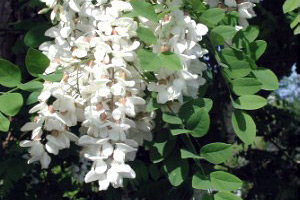 Black locust (Robinea pseudoacacia)
Black locust (Robinea pseudoacacia) 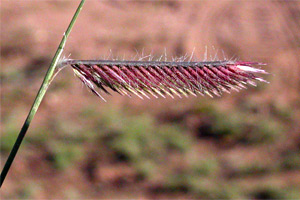 Blue grama (Bouteloua gracilis)
Blue grama (Bouteloua gracilis)  Bog sedge (Kobresia myosuroides)
Bog sedge (Kobresia myosuroides) 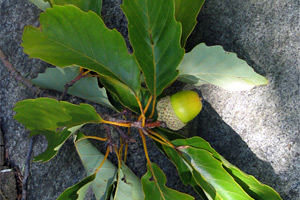 Chestnut oak (Quercus prinus)
Chestnut oak (Quercus prinus) 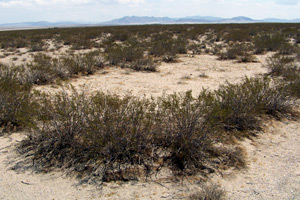 Creosote bush (Larrea tridentata)
Creosote bush (Larrea tridentata) 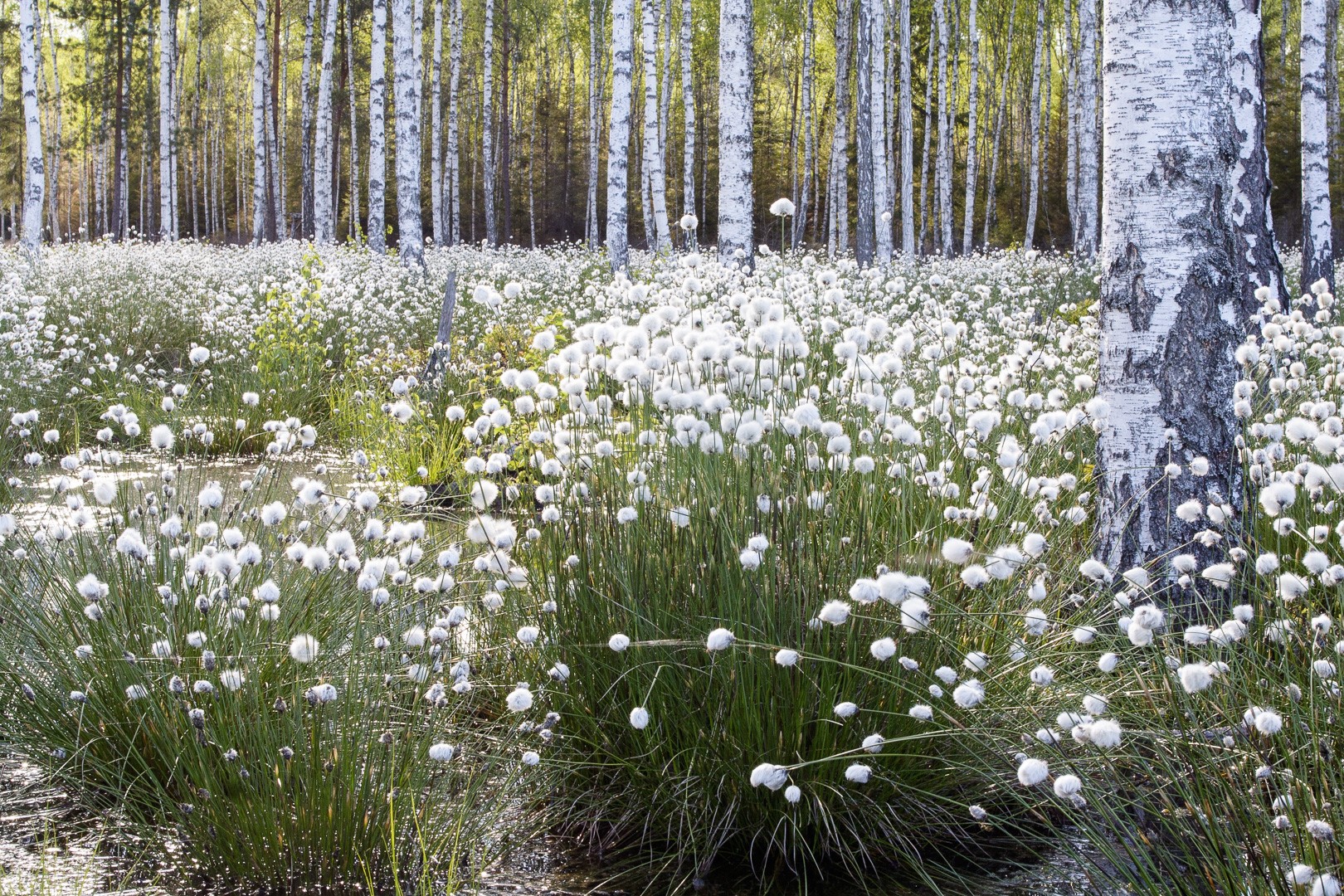 Cotton grass (Eriophorum vaginatum)
Cotton grass (Eriophorum vaginatum) 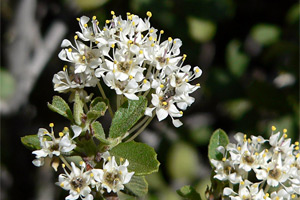 Desert ceanothus (Ceanothus greggii)
Desert ceanothus (Ceanothus greggii) 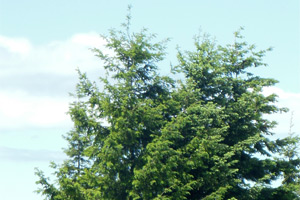 Douglas fir (Pseudotsuga menziesii)
Douglas fir (Pseudotsuga menziesii) 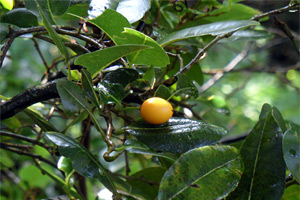 Dyrpetes glauca
Dyrpetes glauca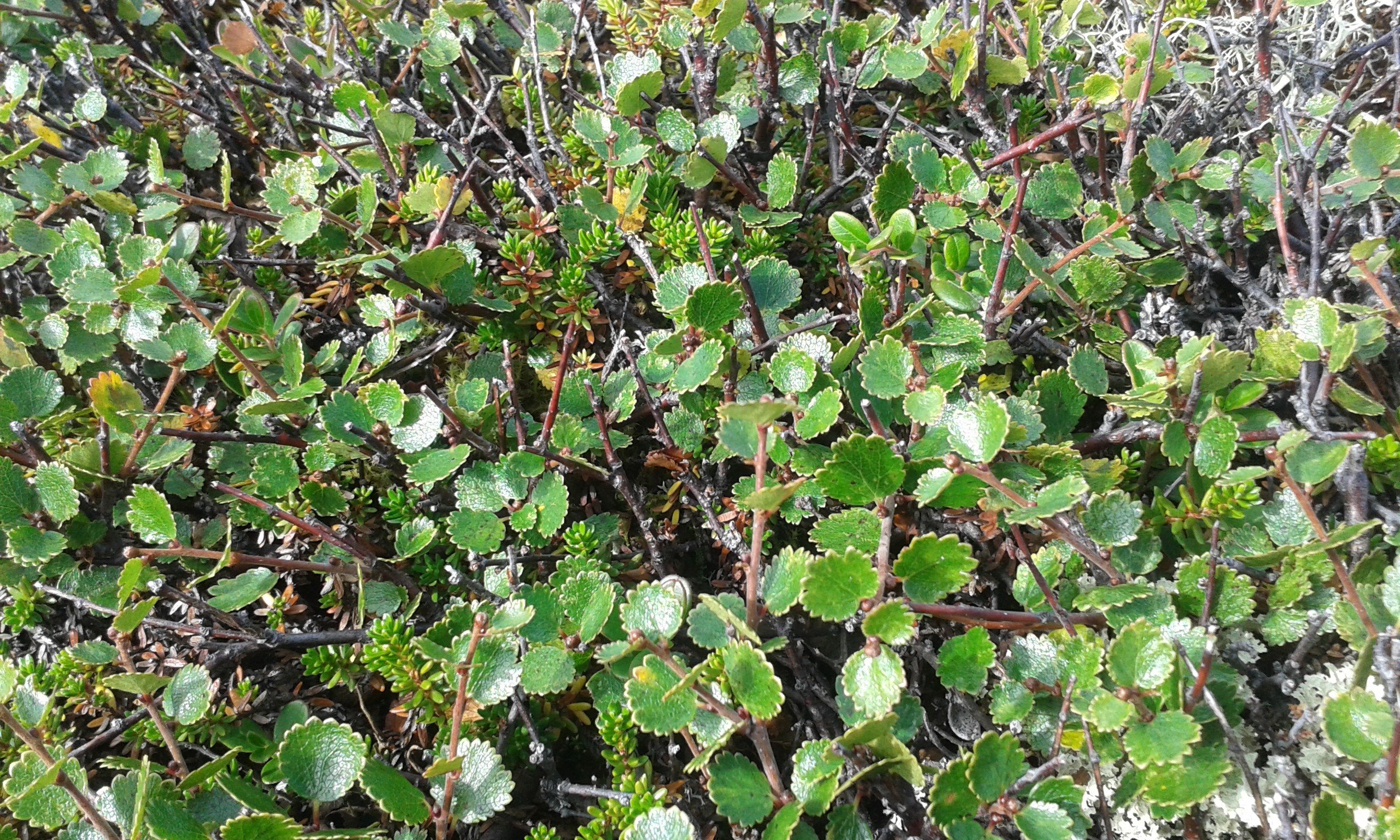 Dwarf birch (Betula nana)
Dwarf birch (Betula nana) 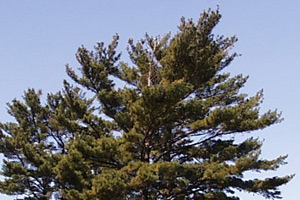 Eastern white pine (Pinus strobus)
Eastern white pine (Pinus strobus) 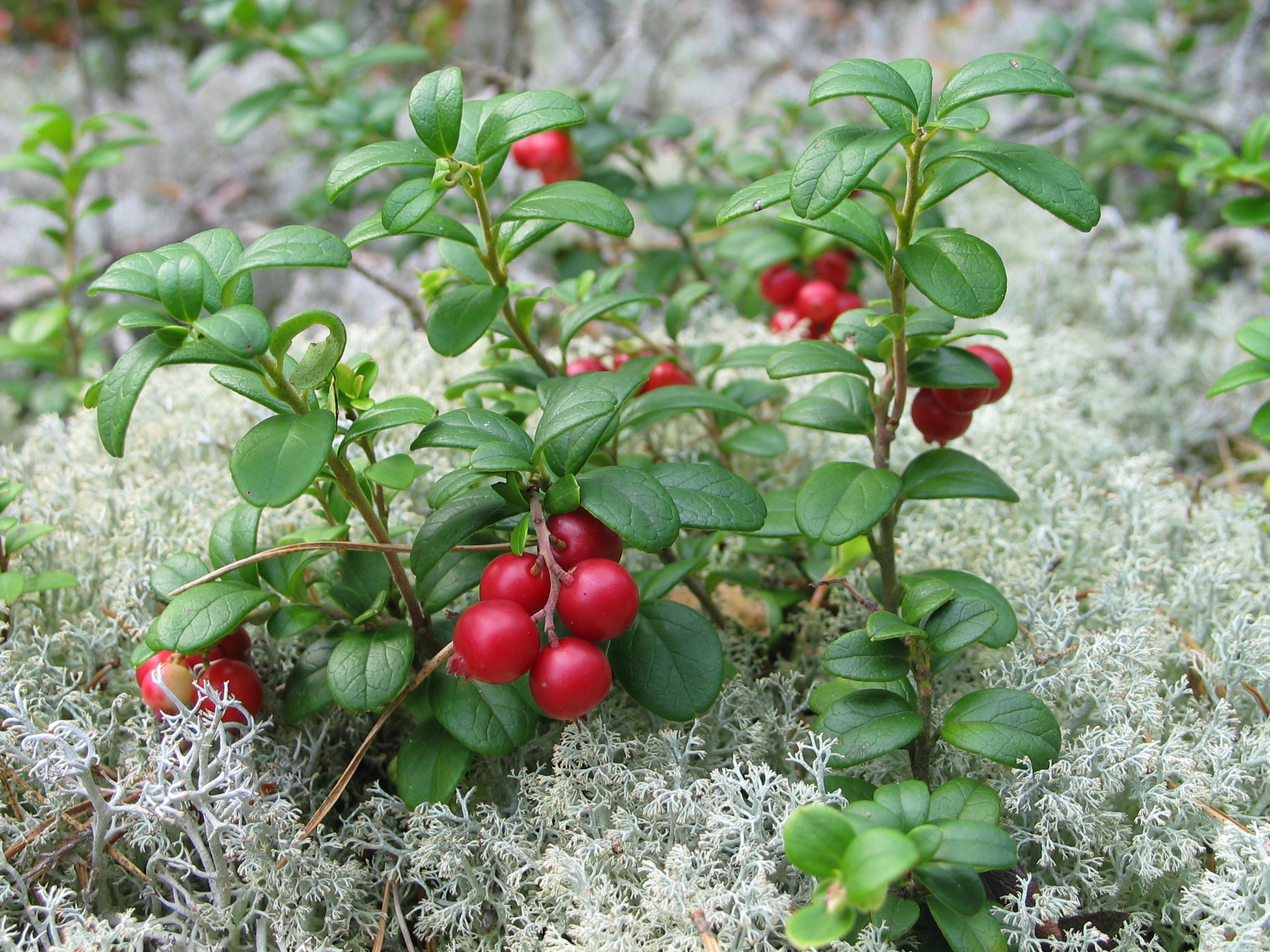 Lingonberry (Vaccinium vitis-idaea)
Lingonberry (Vaccinium vitis-idaea) 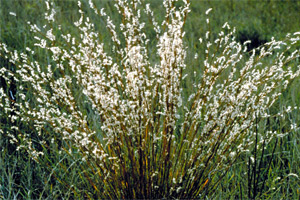 Little blue stem (Schizachyrium scoparium)
Little blue stem (Schizachyrium scoparium)  Pacific dogwood (Cornus nuttallii)
Pacific dogwood (Cornus nuttallii) 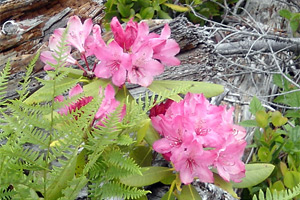 Pacific rhododendron (Rhododendron macrophyllum)
Pacific rhododendron (Rhododendron macrophyllum) 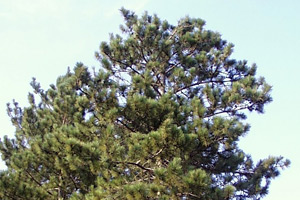 Red pine (Pinus resinosa)
Red pine (Pinus resinosa) 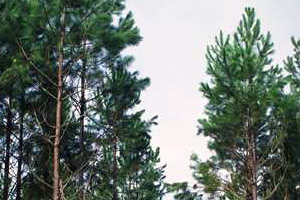 Slash pine (Pinus elliotii)
Slash pine (Pinus elliotii) 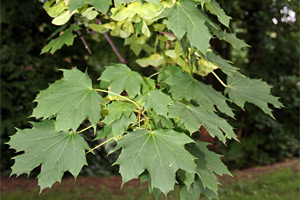 Sugar maple (Acer saccharum)
Sugar maple (Acer saccharum) 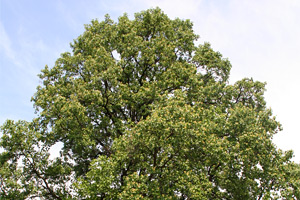 Tuliptree (Liriodendron tulipifera)
Tuliptree (Liriodendron tulipifera) 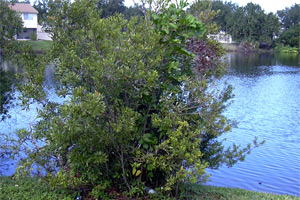 Wax myrtle (Myrica cerifer)
Wax myrtle (Myrica cerifer) 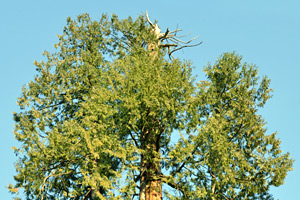 Western red cedar (Thuja plicata)
Western red cedar (Thuja plicata)  Wheat (Triticum aestivum)
Wheat (Triticum aestivum) 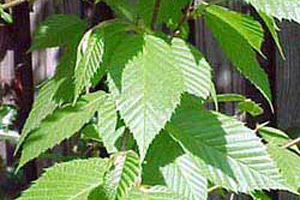 Yellow birch (Betula lutea)
Yellow birch (Betula lutea) 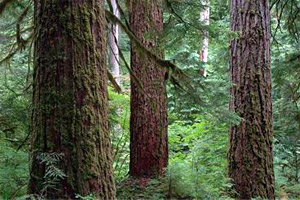 Andrews Forest, Oregon
Andrews Forest, Oregon 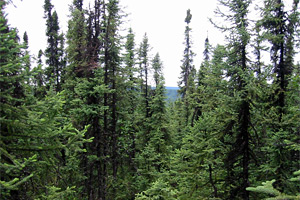 Bonanza Creek Forest, Alaska
Bonanza Creek Forest, Alaska 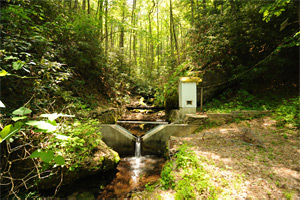 Coweeta Forest, North Carolina
Coweeta Forest, North Carolina 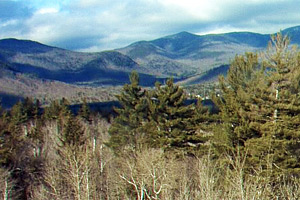 Hubbard Brook Forest, New Hampshire
Hubbard Brook Forest, New Hampshire  Niwot Ridge Forest, Colorado
Niwot Ridge Forest, Colorado 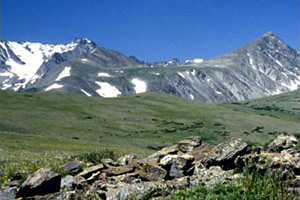 Niwot Ridge Tundra, Colorado
Niwot Ridge Tundra, Colorado 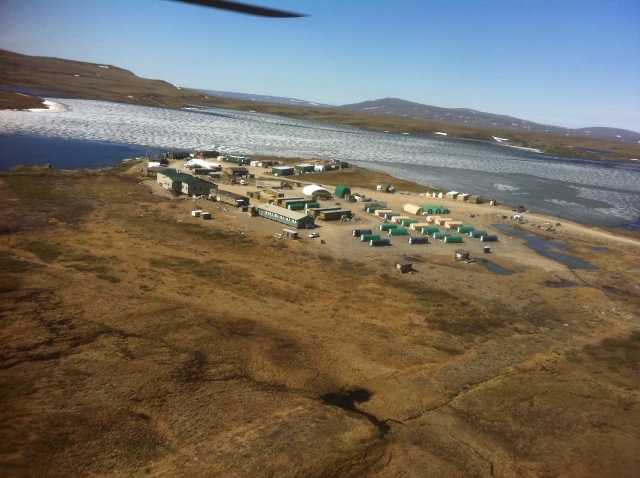 Toolik Field Station, Alaska
Toolik Field Station, Alaska 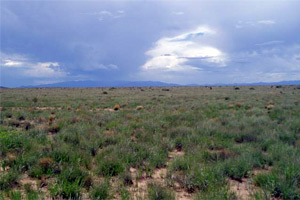 Sevilleta Grasslands, New Mexico
Sevilleta Grasslands, New Mexico  Olsen
Olsen 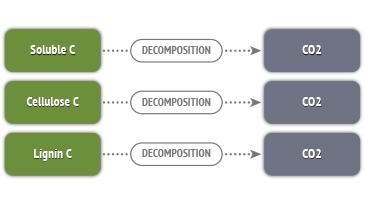 Paul and Juma
Paul and Juma 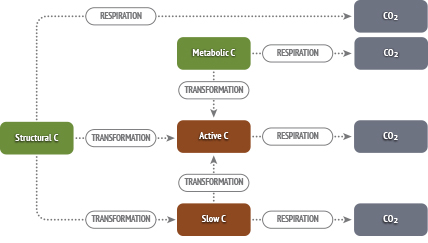 Parton
Parton  Schimel and Weintraub
Schimel and Weintraub 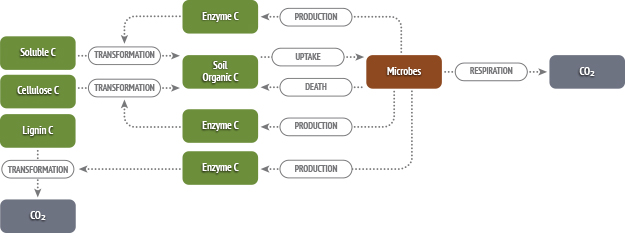 IMOLD
IMOLD